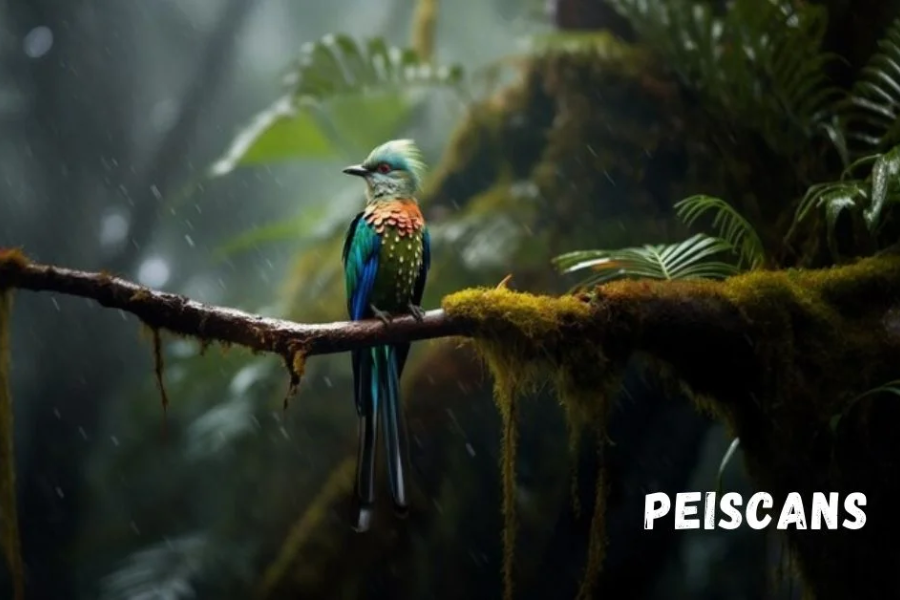Peiscans are enchanting beings that have captured the imagination of many cultures throughout history. These mysterious creatures are often depicted as kind spirits, devoted to nurturing a connection between humanity and the natural world. Their origins lie in ancient languages, and their presence is woven into the fabric of folklore and storytelling across various societies. With their vibrant colors and unique physical characteristics, Peiscans stands out as a symbol of beauty and individuality among mythical beings.
The tales surrounding Peiscans are rich and varied, offering not just entertainment but also profound life lessons. They are celebrated as embodiments of wisdom, balance, and compassion, reminding us of the importance of harmony in our lives. In many cultures, Peiscans are seen as guardians of nature, encouraging us to live in sync with the environment. Their stories inspire a deeper understanding of our interconnectedness with all living things and highlight the need to respect and care for our surroundings.
As we explore the world of Peiscans, we find ourselves drawn into narratives that encourage reflection and growth. These tales remind us to appreciate the beauty of nature and our role within it. By nurturing our relationships with one another and with the earth, we can create a more harmonious existence. Peiscans serve as a timeless reminder of the delicate balance that sustains life, inviting us to embrace our responsibility as stewards of the planet.
The Fascinating Physical Traits Of Peiscans
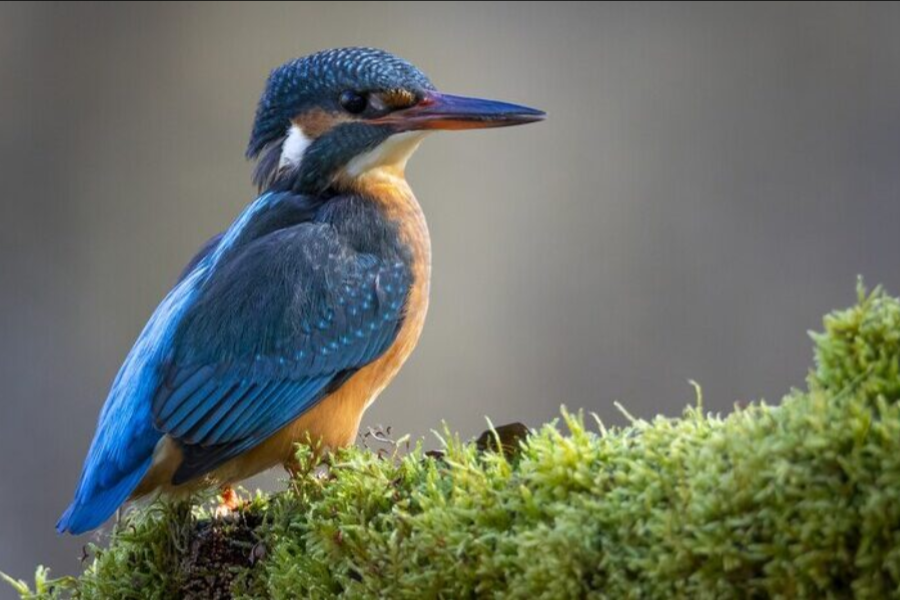
Peiscans are truly captivating creatures that draw attention with their striking and unique appearance. Their bodies are sleek and streamlined, perfectly adapted for a life that straddles both water and land environments. This design not only enhances their agility but also allows them to navigate their habitats effortlessly.
One of the most distinctive features of Peiscans is their vibrant plumage, which showcases a stunning array of colors. From deep, rich blues to bright, cheerful yellows, their feathers often display intricate patterns that contribute to their charm and allure. This colorful attire not only makes them visually appealing but also plays a role in communication and mating rituals within their species.
Their wings are long and powerful, enabling them to soar gracefully above the landscape, showcasing their aerial prowess. With sharp, keen eyes set against a slender head, Peiscans possess remarkable vision, allowing them to spot prey from great distances. Their webbed feet are another notable adaptation, making them skilled swimmers while providing stability when traversing rocky terrains or marshy areas. Complementing these features is their unique beak—long and curved yet strong enough for fishing. Every aspect of a Peiscan’s anatomy is thoughtfully designed for survival, allowing them to thrive in diverse environments with ease and grace.
Overview Of Peiscan Habitat And Distribution
| Aspect | Details |
|---|---|
| Primary Habitat | Coastal regions and riverbanks where freshwater meets saltwater |
| Preferred Nesting Sites | Cliffs and sandy shores, providing shelter and access to food sources |
| Geographic Range | Extends from the northern hemisphere to tropical zones, adaptable to various climates |
| Seasonal Behavior | Some populations migrate toward warmer waters during colder months |
| Food Sources | Fish and crustaceans, which are abundant in their preferred habitats |
Peiscans are remarkable creatures known for their unique distribution across various ecosystems. They primarily inhabit areas where freshwater meets saltwater, such as coastal regions and riverbanks, which provide them with abundant resources. These birds favor nesting in safe locations like cliffs and sandy shores, allowing easy access to food sources, particularly fish and crustaceans. Their adaptability is evident in their wide geographic range, extending from temperate northern regions to tropical zones. Some populations exhibit migratory behavior, moving toward warmer waters during colder months, showcasing their resilience in adjusting to environmental changes. This diverse habitat contributes to their fascinating lifestyle, making each encounter with a Peiscan a memorable experience.
Nutritional Practices And Dietary Adaptations Of Peiscans
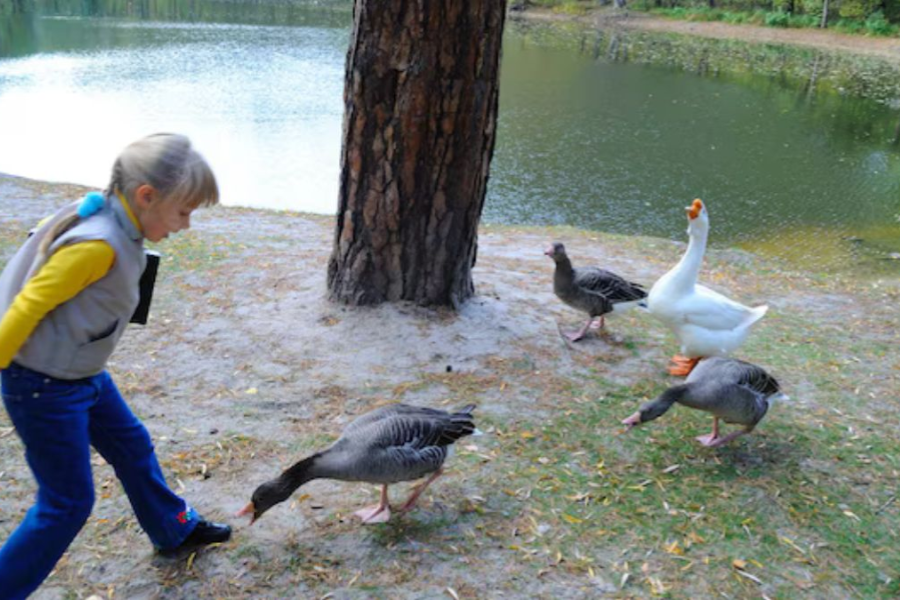
Peiscans are known for their diverse diet, which reflects their ability to adapt to various environments. These versatile feeders primarily consume a mix of small fish, crustaceans, and aquatic vegetation. Their omnivorous diet allows them to take advantage of the rich resources available in different habitats, ensuring they can thrive in a variety of settings.
One of the most interesting aspects of their feeding behavior is their hunting technique. Peiscans are skilled divers, often plunging into the water to snatch up prey. Their exceptional eyesight plays a crucial role in this process, enabling them to detect even the slightest movements from afar. This keen vision allows them to effectively identify and pursue potential meals.
Moreover, Peiscans are opportunistic when it comes to food. They don’t solely rely on their hunting skills; they also scavenge whenever they get the chance. This might involve consuming leftover food from other animals or even stealing food directly from them. Such adaptability increases their chances of finding nourishment, particularly in times when food is scarce.
Seasonal changes further influence the dietary habits of Peiscans. Throughout the year, they may alter their food preferences based on what is most readily available. This flexibility in their eating habits ensures they maintain a balanced diet, allowing them to navigate the various challenges posed by their changing environment.
Threats And Conservation Status Of Peiscans
Peiscans, despite their impressive adaptability, are facing a range of threats that put their populations at risk. One of the most critical challenges is habitat loss, primarily driven by urban development and agricultural expansion that disrupt the wetlands and lakes where these creatures breed and feed. As these vital habitats shrink, Peiscans find it increasingly difficult to locate the environments they need to flourish.
Pollution is another significant concern. Harmful substances in the water can lead to severe health complications for Peiscans, further endangering their survival. Additionally, the effects of climate change are becoming increasingly apparent, altering their migratory routes and impacting the availability of food sources that are essential for their well-being.
Hunting, particularly illegal poaching, continues to pose a threat in some areas, undermining conservation regulations designed to protect Peiscans. The combination of these factors creates a precarious situation for these birds, highlighting the urgency for effective conservation strategies.
Fortunately, efforts are being made to address these challenges. Various conservation organizations are engaged in projects focused on restoring habitats and raising awareness about the importance of protecting these unique animals. Initiatives to monitor population trends are also in place, and legal frameworks have been established to safeguard both Peiscans and their habitats. Through these dedicated efforts, there is hope for preserving Peiscans for future generations to admire and cherish.
How To Spot Peiscans In Their Natural Habitat?
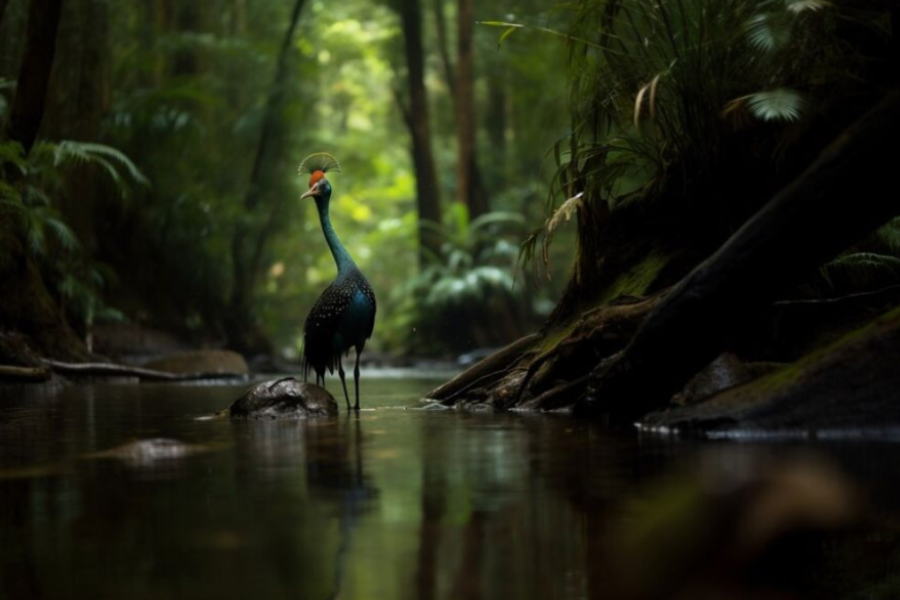
If you’re excited to observe Peiscans in the wild, there are several important tips to enhance your experience. First and foremost, selecting the right location is key. Peiscans are typically found near freshwater sources, so look for lakes, rivers, or wetlands where they are known to thrive.
Timing your visit is also crucial. The best chances of spotting Peiscans are during the early morning or late afternoon when they are most active. Bringing binoculars is highly recommended, as they allow you to enjoy a closer view of these graceful birds while keeping a respectful distance.
Patience plays a vital role in wildlife observation. Find a quiet spot, remain still, and be prepared to wait. Peiscans tend to be shy, and minimizing your movements will increase your chances of witnessing their natural behaviors, such as hunting or socializing with their group.
Lastly, it’s essential to respect their environment. Keep a safe distance from the birds, avoid loud noises, and fully immerse yourself in the experience without disrupting their natural routine. By following these tips, you can have a rewarding and respectful encounter with these magnificent creatures in their habitat.
Social Dynamics And Behavior Of Peiscans
Peiscans are captivating creatures characterized by their intricate social structures and behaviors. They often form small groups that foster strong relationships among their members, allowing for effective communication through a combination of vocalizations and body language. This social dynamic is crucial for their survival, as it enables them to work together to navigate their environments and locate resources.
In addition to their communication skills, Peiscans engage in playful behaviors, such as chasing each other and participating in mock fights. These playful interactions serve more than just entertainment; they help strengthen bonds within the group and reinforce social connections. However, when it comes to defending their territory or resources, Peiscans can display surprising levels of aggression. Their interactions often involve establishing hierarchies, with dominant individuals asserting control over prime feeding areas, which is essential for their survival and well-being.
Nurturing their young is another area where Peiscans demonstrate cooperative behavior. Adult Peiscans take turns caring for their chicks, teaching them vital survival skills necessary for future independence. This cooperative parenting reflects not only their intelligence but also the emotional depth present within Peiscan communities. Overall, the social behaviors and interactions of Peiscans highlight the complexity of their lives, showcasing their ability to form strong connections and work together for the greater good of the group.
Contemporary Perspectives On Peiscans
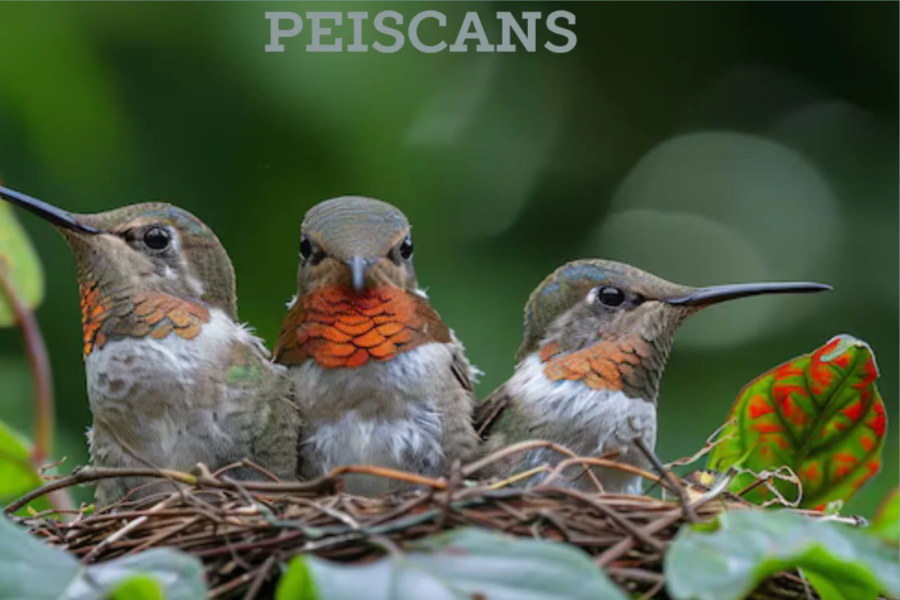
Peiscans in Modern Art and Storytelling
In contemporary culture, Peiscans are frequently celebrated for their vivid appearances and distinctive characteristics, inspiring imaginative narratives and artistic expression. They serve as a fascinating link between ancient folklore and modern storytelling, weaving together traditions from the past with contemporary themes. Artists and writers alike have drawn on the allure of Peiscans to create works that resonate with audiences, utilizing their vibrant traits as symbols of beauty, harmony, and connection to nature.
Peiscans and Their Role in Modern Mythology
The portrayal of Peiscans in various media has significantly contributed to the evolution of modern mythology. Their stories captivate younger generations, inspiring them to appreciate and protect the natural world. By integrating Peiscans into contemporary narratives, creators have revitalized interest in ecological themes and the importance of conservation, encouraging audiences to reflect on their relationship with the environment.
The Enchantment of Peiscans in Fantasy and Dreams
The enchanting qualities of Peiscans make them particularly appealing in fiction and fantasy literature. Often depicted as mystical and benevolent beings, they capture the imagination of readers and viewers who seek to explore extraordinary worlds. Their presence in stories not only entertains but also evokes a sense of wonder and curiosity, inviting audiences to embark on journeys filled with magic and adventure. As beloved characters in both folklore and modern fantasy, Peiscans continue to inspire creativity and ignite dreams of exploration and discovery.
Summary
Peiscans are fascinating creatures that blend mythology and reality, often portrayed as gentle spirits that connect humanity with the natural world. Known for their vibrant plumage, which features a variety of colors and intricate patterns, these beings are distinguished by their streamlined bodies, powerful wings, and exceptional eyesight, enabling them to thrive both in water and on land. Primarily found in coastal regions and riverbanks where freshwater meets saltwater, Peiscans prefer nesting on cliffs or sandy shores, and their range extends from the northern hemisphere to tropical areas. They exhibit migratory patterns based on seasonal changes, highlighting their adaptability in various environments.
Socially, Peiscans live in small groups that foster strong bonds through playful interactions and effective communication. They establish hierarchies and demonstrate cooperative parenting, with adults sharing responsibilities in raising their young, showcasing their intelligence and emotional depth. While Peiscans inspire modern cultural narratives and contribute to contemporary mythology, they also face significant threats, including habitat loss, pollution, and climate change. Their diet consists of small fish, crustaceans, and aquatic plants, allowing them to adapt their eating habits based on seasonal availability. As conservation efforts continue, Peiscans remain celebrated for their beauty and the rich stories surrounding them, making them a captivating subject in both nature and folklore.
FAQs About Peiscans
1. What are Peiscans?
Peiscans are intriguing creatures that embody a blend of myth and reality. Often portrayed as gentle spirits, they are believed to connect humanity with the natural world, showcasing a rich cultural history.
2. What do Peiscans look like?
Peiscans are characterized by their vibrant plumage, which features an array of colors and intricate patterns. They have streamlined bodies, powerful wings, and exceptional eyesight, which aid them in hunting and navigating various environments.
3. Where do Peiscans live?
Peiscans primarily inhabit coastal regions and riverbanks, particularly where freshwater meets saltwater. They prefer nesting on cliffs or sandy shores and can be found in temperate areas extending from the northern hemisphere to tropical regions.
4. How do Peiscans contribute to modern culture?
In contemporary culture, Peiscans are depicted in literature, film, and visual arts. They serve as symbols of nature and imagination, inspiring stories that encourage younger generations to appreciate and protect the environment.
5. How can people observe Peiscans in the wild?
To observe Peiscans, it’s best to visit locations near freshwater bodies like lakes or wetlands, particularly during early mornings or late afternoons when they are most active. Patience and a respectful distance are key to enjoying their natural behaviors without disturbing them.
Don’t Miss the latest updates and alerts visit: Latest Dash!

